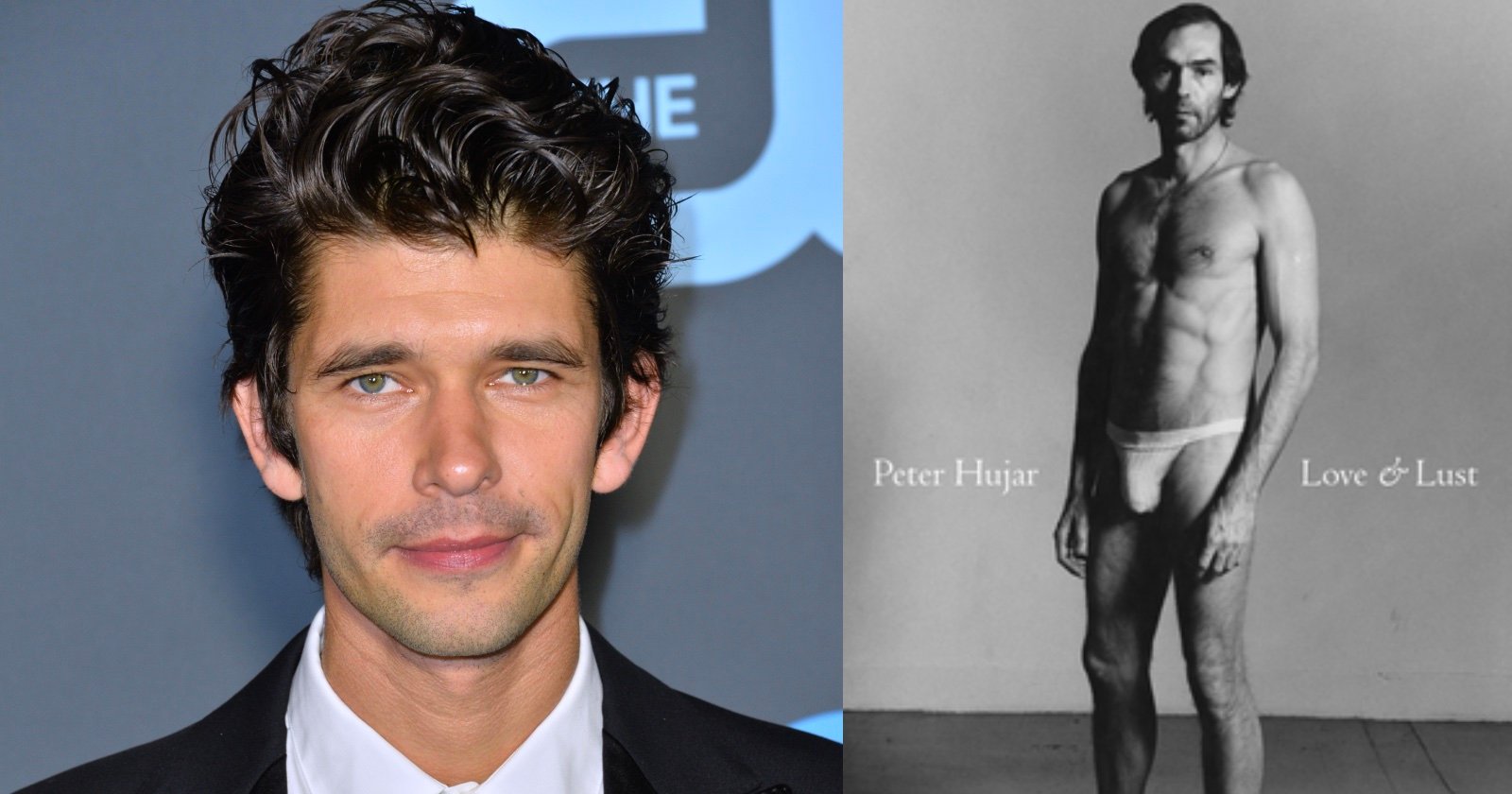
Paddington star Ben Whishaw has been cast as iconic photographer Peter Hujar, who died of AIDS in 1987, in an upcoming biopic.
According to Deadline, Whishaw will star as Hujar in an “intimate” movie directed by Ira Sachs about the life of the late American photographer.
The currently untitled film will cover Hujar’s career photographing queer life in New York City during the 1970s and 1980s.
Deadline reports that the movie had been scheduled to begin shooting in November 2023 but was delayed due to last year’s SAG-AFTRA strikes.
It will be the second time that Whishaw will work with Sachs after the actor starred in the director’s critically acclaimed film Passages in 2023.
A Photographer Who Received The Critical Acclaim He Deserved After Death
Today, Hujar is recognized as among the greatest American photographers of the late 20th century.
He is best known for his intimate, powerful, and piercing black-and-white portraits of luminaries of the queer, bohemian art scene of downtown Manhattan between the late 1960s and the onset of the AIDs plague in the 1980s.
Some of Hujar’s most famous photographs include Orgasmic Man (1969) which became the cover of Hanya Yanagihara’s bestselling novel A Little Life — as well as the final portrait of transgender actress and Andy Warhol muse Candy Darling on her deathbed at 29-years-old.
In Hujar’s arresting image, Darling lies on the hospital bed where she was dying of lymphoma in 1974. Darling gazes at the camera with a full face of makeup with her head sideways on a pillow, her arm vampishly raised, and an elegant rose ostentatiously placed beside her.
Hujar later wrote that Darling was “playing every death scene from every movie” during this final photo shoot. And, according to The New Yorker, this combination of blunt realism and reverie in Hujar’s photography is what made his portraits so powerful.
“Thudding frankness fuses with exultant fantasy,” Peter Schjeldahl writes in The New Yorker of Hujar’s deathbed portrait of Darling.
“The effect epitomizes the practical intimacy with which Hujar, typically through hours of shooting with a twin-lens reflex camera (discreetly looking down to view the subject), got beyond what people look like to what — from the depths of themselves, facing out toward the world — they are, conveying, at once, their armor, and their vulnerability.
“But they couldn’t be just anybody. ‘I like people who dare,’ he said.”
Hujar also shot portraits of cultural icons such as Fran Lebowitz, Susan Sontag, John Waters, and legendary drag queen Divine.
However, Hujar’s work only received marginal recognition during his lifetime. It was only after his death of AIDS-related pneumonia at the age of fifty-three, that his photographs began to receive the critical esteem they deserved.
Image credits: Header photo licensed via Depositphotos (left) and Wikimedia Commons (right).
